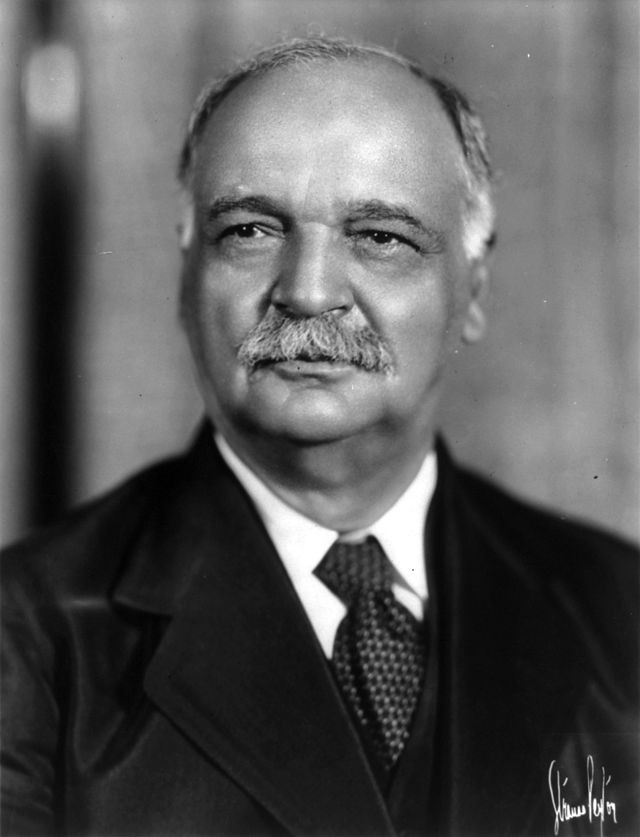
Charles Curtis
| Charles Curtis Wiki | |
|---|---|
| Name | Charles Curtis |
| Profession | Vice President |
| Death date | February 8, 1936 |
| Date of Birth | January 25, 1860 |
| Horoscope | Aquarius |
| Country | United States |
| Height | Check Below |
| Net Worth | See Below |
Birthday Countdown
Charles Curtis, born on January 25, 1860, in the United States, was a pioneering figure in American politics. Serving as the 31st Vice President of the United States from 1929 to 1933 under President Herbert Hoover, Curtis made history as the first individual with Native American ancestry to hold such a high-ranking position within the federal government. His impact on American politics and society was profound, and his journey to the Vice Presidency was filled with challenges, triumphs, and significant contributions to the nation.
Early Life and Career
Charles Curtis' journey began in humble beginnings, with his mother, Ellen Papin, passing away when he was just three years old. Raised by relatives on the Kaw reservation, Curtis was deeply connected to his Native American roots, which would later shape his political career and advocacy for indigenous rights.
After being admitted to the bar in 1881, Curtis embarked on a successful legal career in Topeka, Kansas. His expertise and dedication to justice earned him a reputation as a skilled lawyer and advocate for his community. Curtis' commitment to public service and his unwavering dedication to the people of Kansas propelled him into the world of politics, where he would leave an indelible mark.
Political Ascendancy and Historic Achievements
Charles Curtis' political career soared to new heights when he was elected as the Senate Majority Leader from 1924 to 1929, demonstrating his leadership skills and ability to navigate the complexities of American politics. His tenure as Senate Minority Leader further solidified his reputation as a shrewd and strategic politician, capable of forging alliances and driving impactful legislative change.
In 1928, Curtis made history alongside President Herbert Hoover by winning a landslide victory in the presidential election, becoming the 31st Vice President of the United States. His groundbreaking achievement as the first Vice President with Native American ancestry was a testament to his resilience, vision, and commitment to breaking barriers in American politics.
Legacy and Impact
After leaving office in 1933, Charles Curtis returned to his legal career, where he continued to advocate for justice and equality. His legacy as a trailblazer in American politics and a champion of indigenous rights endures to this day, inspiring future generations to pursue their dreams and make a difference in the world.
FAQs
Q: What were Charles Curtis' major accomplishments as Vice President?
A: Charles Curtis made history as the first Vice President with Native American ancestry and played a pivotal role in shaping American politics during his tenure.
Q: How did Charles Curtis' Native American heritage influence his political career?
A: Curtis' deep connection to his Native American roots informed his advocacy for indigenous rights and shaped his approach to governance and leadership.
Q: What was Charles Curtis' lasting impact on American politics?
A: Curtis' legacy as a trailblazer in American politics and a champion of equality continues to inspire individuals to break barriers and strive for a more inclusive society.








